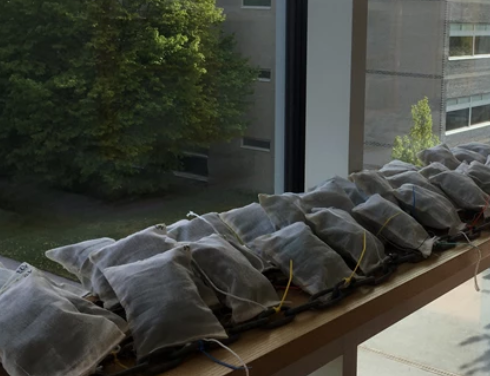Facts:
This year’s World Environment Day comes exactly two months before countries meet again to continue negotiating a global treaty to end plastic pollution.

Today, 5 June, we acknowledge World Environment Day. This year, focus is on solutions to beat plastic pollution which is one of the greatest environmental threats we face The impacts of microplastics have been studied most extensively in marine ecosystems, but there has been relatively little focus on the behaviour and impacts of microplastics in freshwater ecosystems. Read about research on microplastics done at SLU.
Microplastics are small particles that include fragments and fibres from plastic materials in sizes between 0.001 and 5 millimetres (a common hair is 0.05 millimetres in diameter).
Research from SLU, in one of the few studies on the effects of microplastics in freshwater ecosystems, shows new evidence on how microplastics hit wildlife and affects whole ecosystems.
In a study by Ze Hui Kong, researcher at the Department of Aquatic Sciences and Assessment, many of the effects of microplastics is highlighted.
- Microplastics affect entire ecosystems. It starts with microorganisms being exposed and then eaten by larger animals. Ultimately, this has the potential to reach the top of the food chain and the perch and pike we like to fish and eat, says Ze Hui Kong.
Read about the study here:
New evidence on how microplastics hit wildlife: ‘Affects whole ecosystems’ | Externwebben
This year’s World Environment Day comes exactly two months before countries meet again to continue negotiating a global treaty to end plastic pollution.